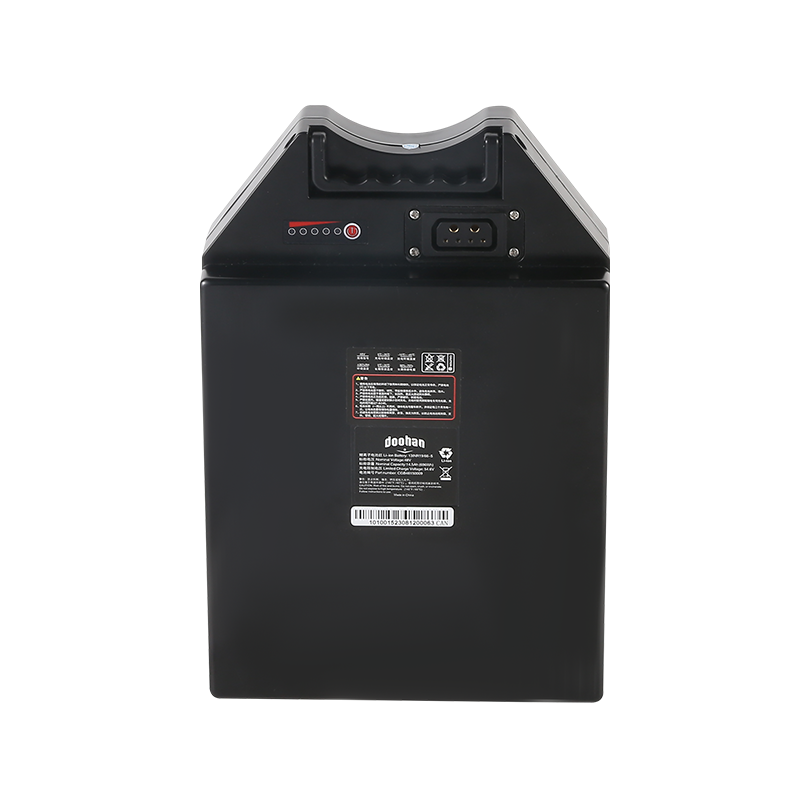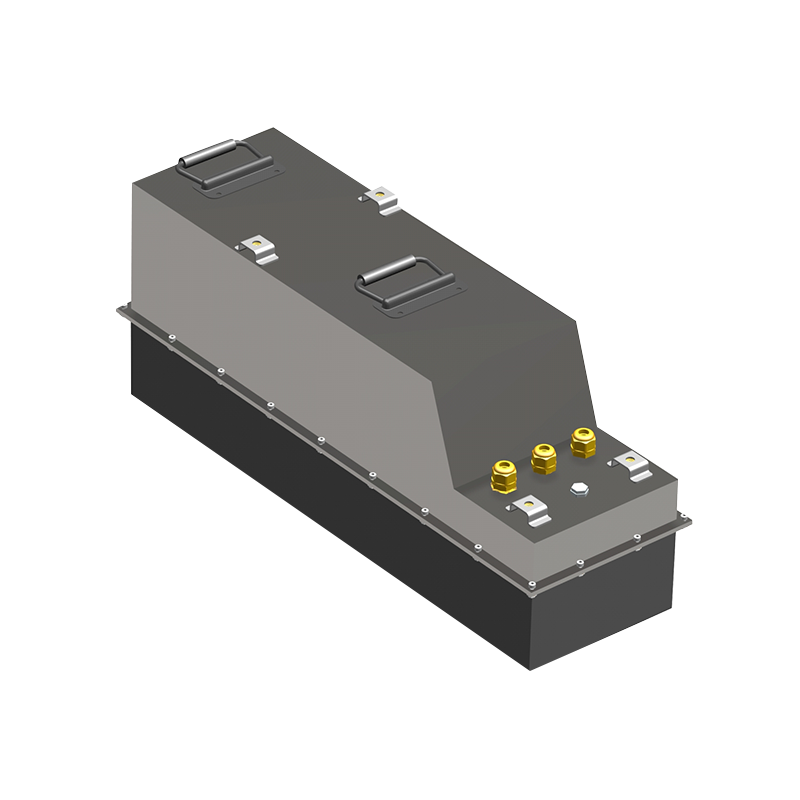Web Menu
Product Search
Exit Menu
The Backbone of Cylindrical Cell Modules
China Cylindrical Cell Module Manufacturer Wholesaler
In the ever-evolving world of energy storage, cylindrical cell modules have emerged as a pivotal technology, offering a reliable and efficient solution for a wide range of applications. From portable electronics to large-scale power systems, these modules have become indispensable in our quest for sustainable and efficient energy use.
The journey of cylindrical cell modules began with the invention of the practical battery by Alessandro Volta in 1800. Since then, the technology has undergone significant transformations, with the advent of cylindrical cells in the late 20th century marking a significant milestone. These cells, with their cylindrical shape, offered improved structural integrity and uniformity in performance, which were not fully realized in their flat or pouch counterparts.
Cylindrical cell modules are designed with a meticulous attention to detail, ensuring good performance and longevity. The construction typically involves a cylindrical can made of aluminum, steel, or a similar material, which houses the anode, cathode, and electrolyte. The anode and cathode are wound together in a spiral configuration, big the surface area for improved electrochemical reactions. The electrolyte, which facilitates the flow of ions between the electrodes, is carefully selected to ensure safety and efficiency.
There are several types of cylindrical cells, each with its own set of characteristics and applications. The more common types include:
Lithium-ion cells: Known for their high energy density and low self-discharge, these cells are widely used in consumer electronics and electric vehicles.
Nickel-metal hydride cells: These cells offer a good balance of energy density and cycle life, making them suitable for applications like power tools and hybrid vehicles.
Lead-acid cells: Traditionally used in automotive and backup power systems, these cells are cost-effective but have lower energy density compared to their lithium counterparts.
Cylindrical cell modules offer a range of benefits that make them a popular choice for energy storage:
Uniformity: The cylindrical shape allows for consistent manufacturing processes, to uniform performance across all cells.
Safety: The robust construction and containment of the electrolyte reduce the risk of leaks and short circuits.
Flexibility: Cylindrical cells can be easily configured into various battery packs to meet specific energy requirements.
Longevity: With proper care and maintenance, cylindrical cells can have a long service life, providing value over time.
The versatility of cylindrical cell modules is evident in their wide range of applications:
Portable Electronics: Smartphones, laptops, and cameras rely on cylindrical cells for their compact size and high energy density.
Electric Vehicles (EVs): Cylindrical cells form the core of many EV battery packs, providing the necessary power and energy for propulsion.
Renewable Energy Storage: In solar and wind power systems, cylindrical cells store excess energy for use during periods of low generation.
Grid Storage: Utility-scale battery systems often use cylindrical cells to balance the load and provide backup power during outages.
Despite their many advantages, cylindrical cell modules face challenges such as thermal management and the need for efficient recycling processes. Innovations in materials, such as the use of silicon anodes and solid-state electrolytes, are being explored to enhance performance and safety. Additionally, advancements in manufacturing techniques are aimed at reducing costs and improving the scalability of production.
The integration of cylindrical cells with emerging technologies, such as smart grids and advanced materials, will further solidify their position as a key component in the energy storage landscape.
Cylindrical cell modules represent a significant advancement in energy storage technology. Their design, versatility, and reliability make them a cornerstone of modern energy systems.
-

+86-13049701086
-

Stonehuang@CGONEN.com
-

No.88, Huji Road, Taizhou Bay Binhai New Area, Jiaojiang District, Taizhou City, Zhejiang Province, China











